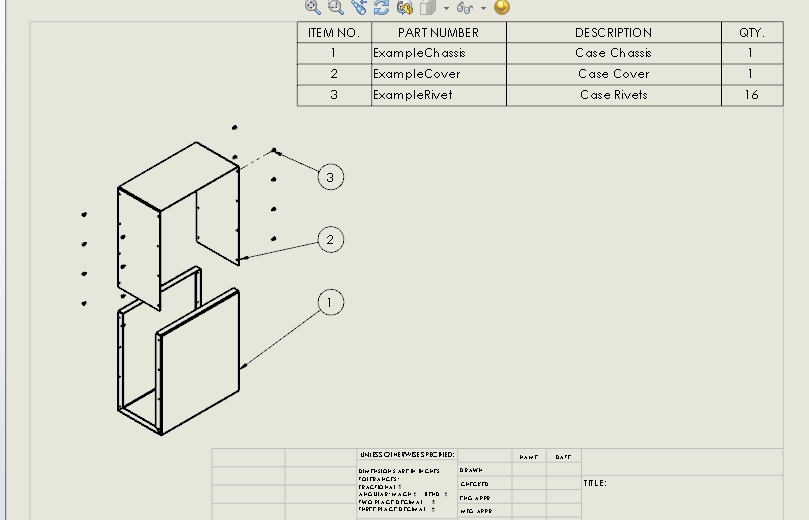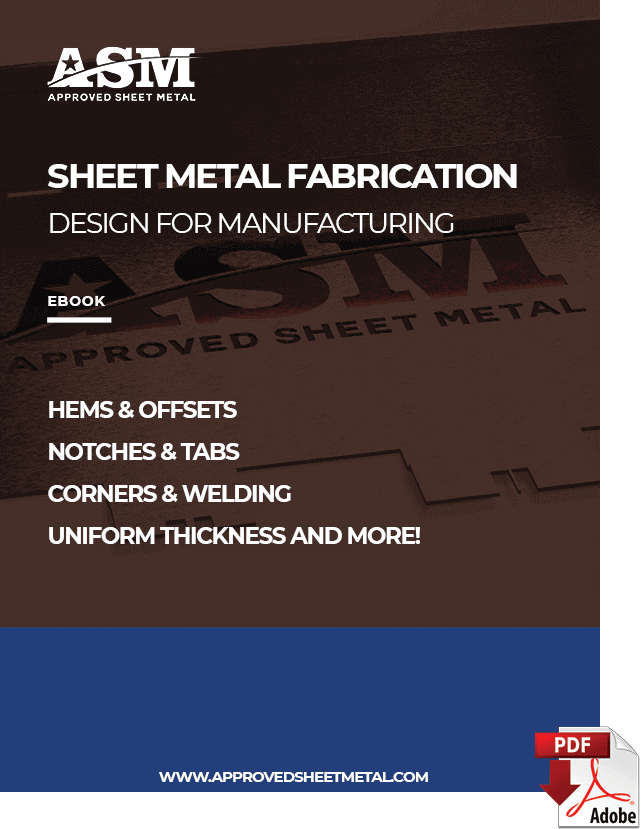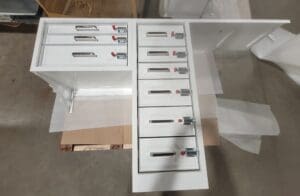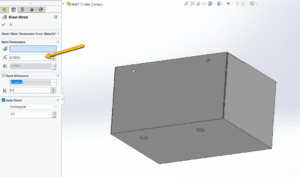Last updated on June 25th, 2024 at 08:49 am
When job shops outsource precision sheet metal jobs to a metal fabrication shop, it's essential that they provide all the necessary details about the project.
It’s our responsibility to help you meet your customer's requirements—and make you look really good in the process! We do our very best work when we have sufficient information, including internal specification documents.
Table of Contents
- 1 What Are Internal Specification Documents?
- 2 Best Practices for Obtaining Internal Specification Documents
- 3 Sheet Metal Design for Manufacturing
- 4 Metal Fabrication Internal Specification Documents FAQ
- 4.0.1 What are internal specification documents, and why are they crucial for precision sheet metal jobs?
- 4.0.2 How can I obtain internal specification documents from customers for a precision sheet metal job?
- 4.0.3 Why might companies be hesitant to share internal specification documents for a project?
- 4.0.4 How often should I check for updates in internal specification documents provided by customers?
- 4.0.5 How do internal specification documents benefit both the fabricator and the job shop outsourcing the project?
What Are Internal Specification Documents?

Internal specification documents cover requirements, protocols, and expectations for things like hardware, materials, finishing, quality control, and certifications.
Some companies provide robust, 70-page documents listing specifications for every foreseeable circumstance while others have more streamlined resources.
Having access to this information at the start of a project can expedite the precision fabrication process. Internal specification documents help us ensure we're meeting expectations that might not be listed on the RFQ.
If you have internal specification documents for your customer, please share them with us right away so we can get your custom metal fabrications right the first time.
Best Practices for Obtaining Internal Specification Documents
Asking customers for internal specification documents isn't always easy. Some companies guard this information closely and may resist sharing it with you.
Over the years, we've learned a few tricks for obtaining these documents that we’re happy to share with you:
- Ask the engineers. Engineers usually have the documents you're looking for—not buyers. Buyers may not know about or have access to this information, so asking them for it could create more work (for you and them!) and unnecessary delays.
- Explain the necessity. Be clear about why you're requesting internal documentation and emphasize that you'll keep proprietary information confidential. You’ll have a better chance of success if you outline why this information is crucial and how you'll use it instead of asking for it with no explanation.
- Check in about updates. Companies change their internal specifications as materials, technologies, and requirements evolve. Keep the line of communication open with your contact so you're in the loop when your customer updates their documents. If the documents you have are multiple years old, check with your customer to make sure you have the most current information, then relay it back to your sheet metal fabricator.
Manufacturers are only as good as the information they have. When we partner with you to fulfill your customer's orders, we want to be 100% certain we're meeting their requirements.
Plus, we want to make you look good! This information helps us fabricate your parts efficiently and makes you look like a detail-driven rockstar to your customers.
Let's work together on your next rapid sheet metal fabrication project. Request a quote today, and we’ll get in touch with you shortly.
Metal Fabrication Internal Specification Documents FAQ
Internal specification documents outline requirements, protocols, and expectations regarding hardware, materials, finishing, quality control, and certifications for a specific project. They're vital as they provide detailed guidance beyond the RFQ, helping fabricators ensure precise adherence to unique project needs.
It's often beneficial to ask engineers directly for these documents rather than buyers. Clearly explain the necessity of these documents, emphasizing confidentiality and how they aid in meeting precise project requirements. Regularly check for updates, as specifications can change with evolving technologies and materials.
Companies may guard internal specifications due to confidentiality concerns or may not recognize their importance in the fabrication process. By explaining the necessity and assuring confidentiality, you can often overcome these barriers.
Internal specifications can change over time due to evolving technologies and requirements. Regular communication with the customer contact helps stay updated. If documents are outdated, confirm with the customer to ensure the most current information is available for the fabrication process.
Detailed internal specification documents assist fabricators in producing parts precisely to customer requirements. This ensures efficient fabrication, meeting customer expectations, and fostering confidence in the job shop's ability to deliver accurately, enhancing their reputation with clients.





